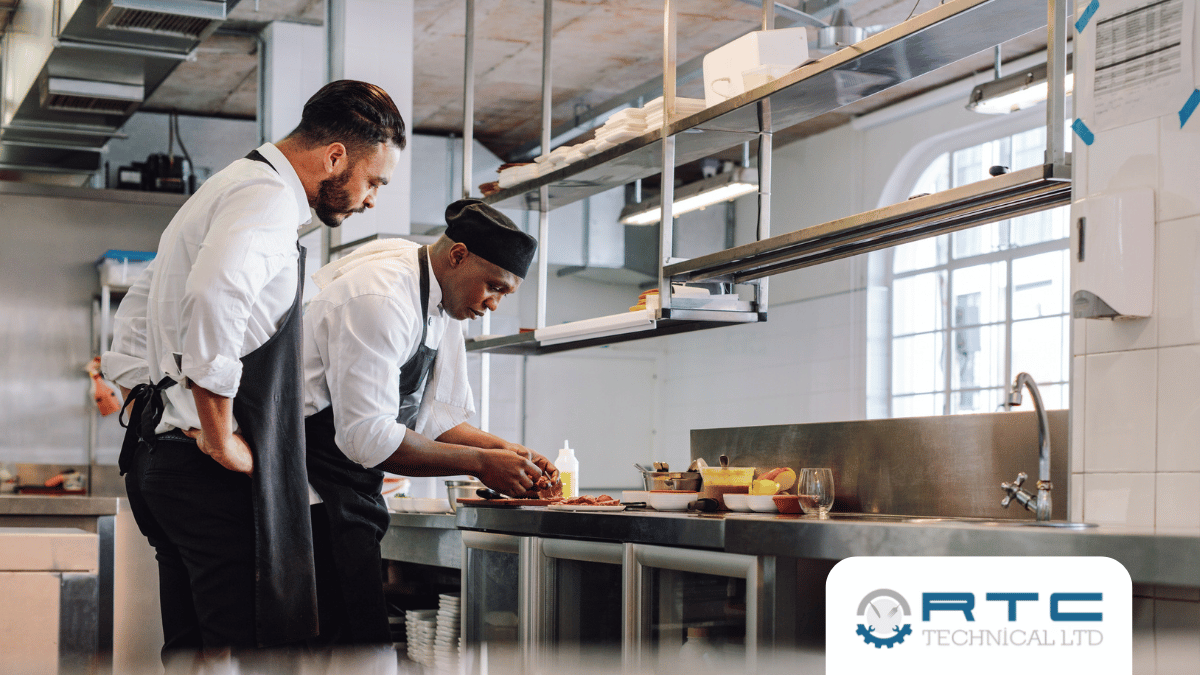In the fast-paced world of culinary arts, commercial kitchens continuously seek technologies that can streamline operations, enhance food safety, and improve overall efficiency. Recent innovations in kitchen equipment are not just about cooking; they are about transforming how kitchens operate. Here, we explore the latest advancements and what the future holds for commercial kitchen technology.
Energy-Efficient Appliances: The push for sustainability has led to the development of more energy-efficient kitchen appliances. Modern commercial ovens, refrigerators, and dishwashers are designed to use less energy and water, reducing operational costs and supporting environmental sustainability. For instance, new models of convection ovens now come with enhanced insulation and smarter energy use, cutting down electricity consumption by a significant margin.
IoT-Enabled Devices: Internet of Things (IoT) technology is revolutionizing commercial kitchens by allowing chefs and managers to monitor and control kitchen equipment remotely. IoT-enabled devices can track energy usage, operational efficiency, and maintenance needs. They can also help in inventory management by keeping track of stock levels and reorder times. Such connectivity ensures that kitchen staff can prevent equipment failures and reduce downtime.
Advancements in Food Safety: Food safety remains a top priority in commercial kitchens. Innovations such as UV light sanitizers for kitchen tools and surfaces help eliminate bacteria and viruses more effectively than traditional methods. Additionally, smart refrigeration units that automatically adjust temperatures based on the type of food stored inside help in keeping ingredients fresh longer and reducing the risk of foodborne illnesses.
Robotics and Automation: Robotic technology is beginning to make an entrance into commercial kitchens, from automated burger flippers to robotic salad makers. These robots can perform repetitive tasks with high precision and speed, allowing human staff to focus on more complex culinary or customer service tasks. Automation not only speeds up service but also ensures consistency in food preparation, which is crucial for customer satisfaction.
Future Outlook: The future of commercial kitchen equipment looks promising with potential advancements such as AI-driven cooking assistants and even more integrated kitchen systems. These technologies could predict kitchen needs, manage waste more efficiently, and provide valuable data insights that can drive business decisions.
Conclusion: As commercial kitchens evolve, so does the technology that supports them. Staying abreast of these innovations can give culinary establishments a significant competitive edge. Whether it’s adopting energy-efficient practices or integrating advanced IoT solutions, the goal is clear: smarter kitchens for a smarter future.







